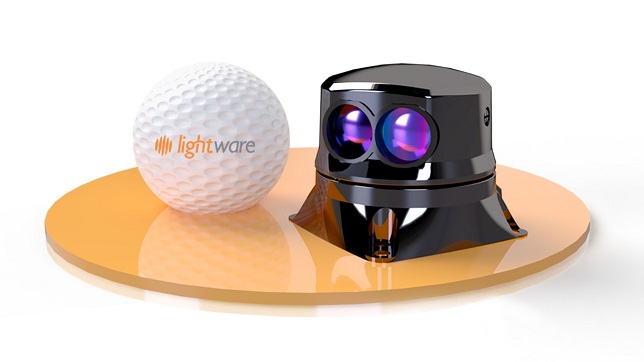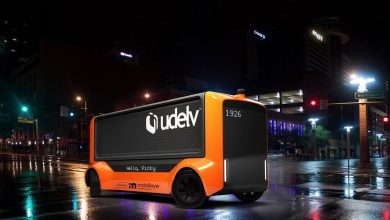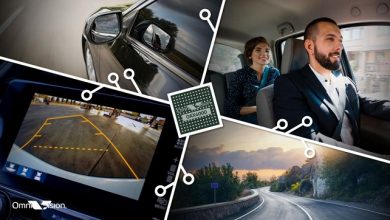LightWare gives machines EYES with the world’s smallest scanning microLiDAR™

LightWare LiDAR LLC, is launching the smallest and lightest scanning LiDAR on the market. The SF45 scanning microLiDAR™ weighs 59g and delivers the performance of much larger sensors.
“The SF45 democratizes machine perception, bringing vision, safety, and practicality to even the smallest unmanned systems. Machines don’t have 3D perception, so they can’t make sense of unexpected obstacles. Our mission is to save the world’s machines one microLiDAR™ at a time!”, explains Philip Constantine, CEO of LightWare LiDAR LLC.
The SF45 provides accurate position, distance, and proximity sensing to drones and UGVs. Able to detect obstacles in bright sunlight at 50m, the SF45 delivers a clear understanding of the machine’s environment to either the onboard autopilot or a remote operator.
Constantine expands: “Conventional GPS is often relied upon to provide location information so a drone can follow a pre-determined flight plan. Unfortunately, the real world puts unexpected obstacles in the way. This leads to collisions and the loss of both the drone and its expensive payload. The SF45 keeps a continuous lookout for these hazards and warns of potential collisions, giving the autopilot plenty of time to react.”
To complement the SF45, LightWare LiDAR manufactures a family of microLiDAR™ sensors such as the tiny SF000/B (only 8g). Data from these sensors allow drones a safe take-off and precision landing, to hold position near an object being inspected or closely follow terrain without flying into trees.
The microLiDAR™ family is compatible with standard autopilots (Ardupilot/PX4) and API’s are provided for custom controllers, such as RaspberryPi and Arduino.
Constantine goes on to say, “With prices starting at only USD $249, our affordable microLiDAR™ sensors bring perception to autonomous machines so that our customers can do their job safely and reliably.” Constantine adds, “A key advantage of our microLiDAR™ sensors is that they are not cameras, and do not invade the privacy of the public. This is becoming more important as autonomous vehicles and other machines begin to work alongside people in their daily lives.”



